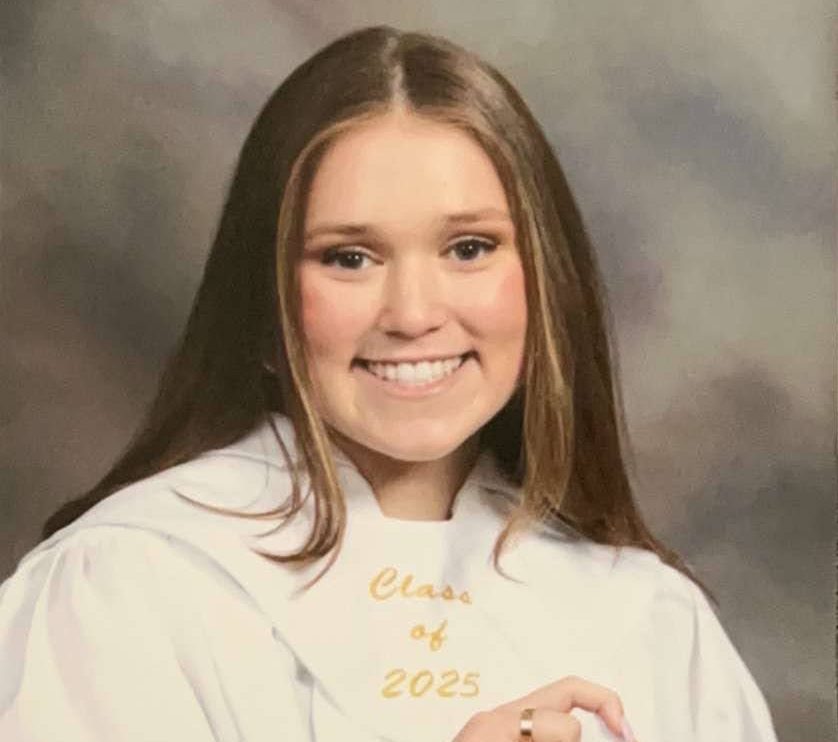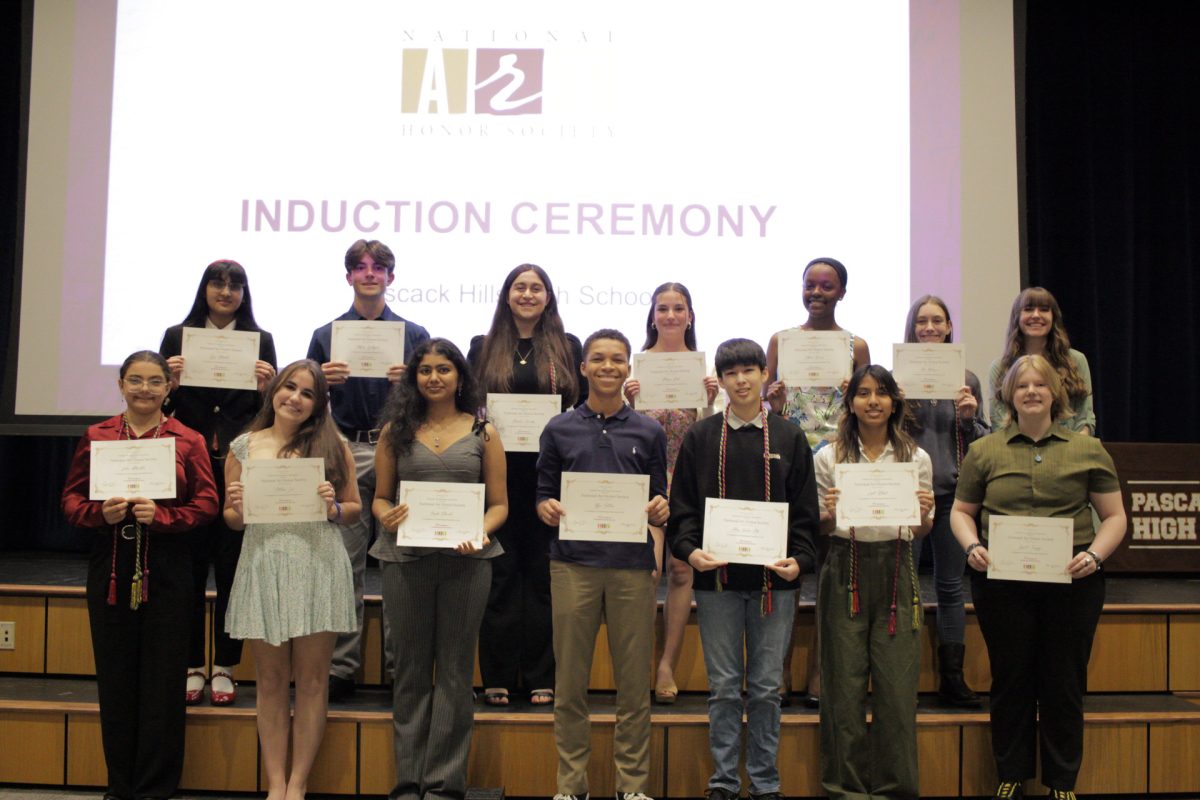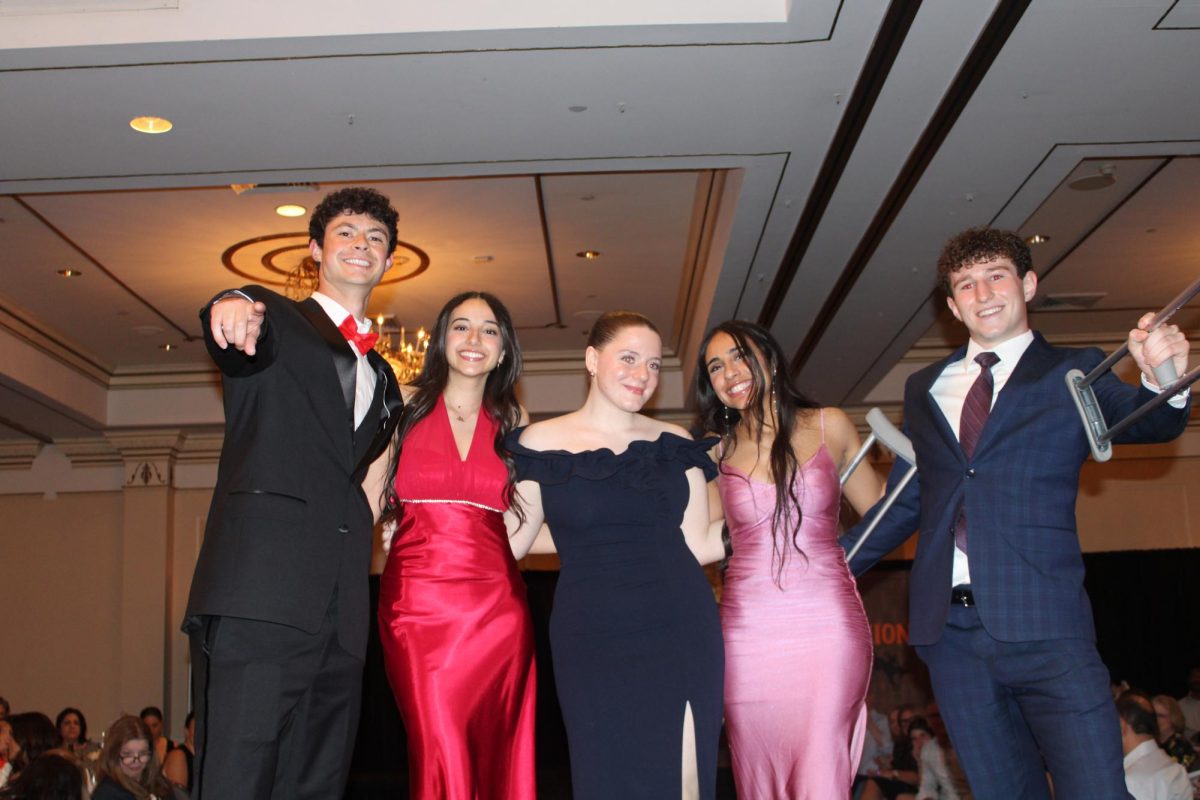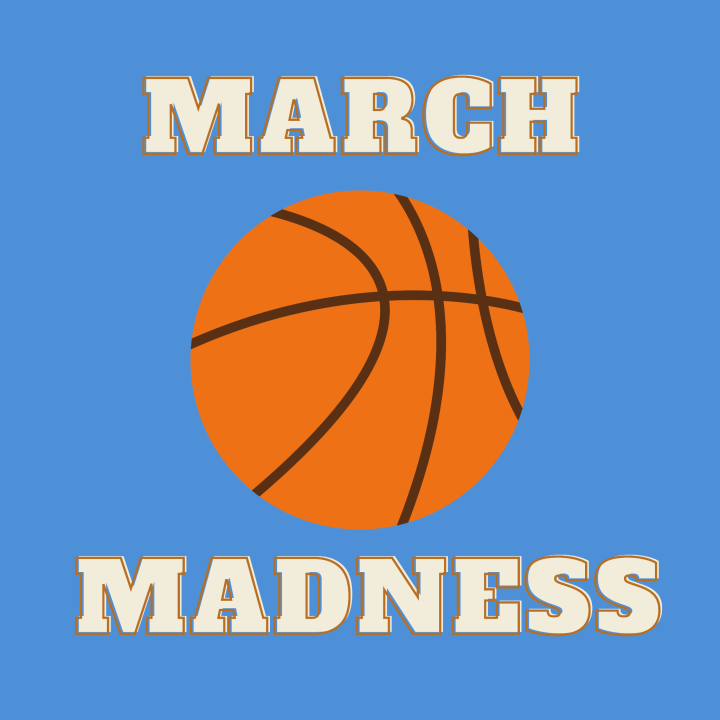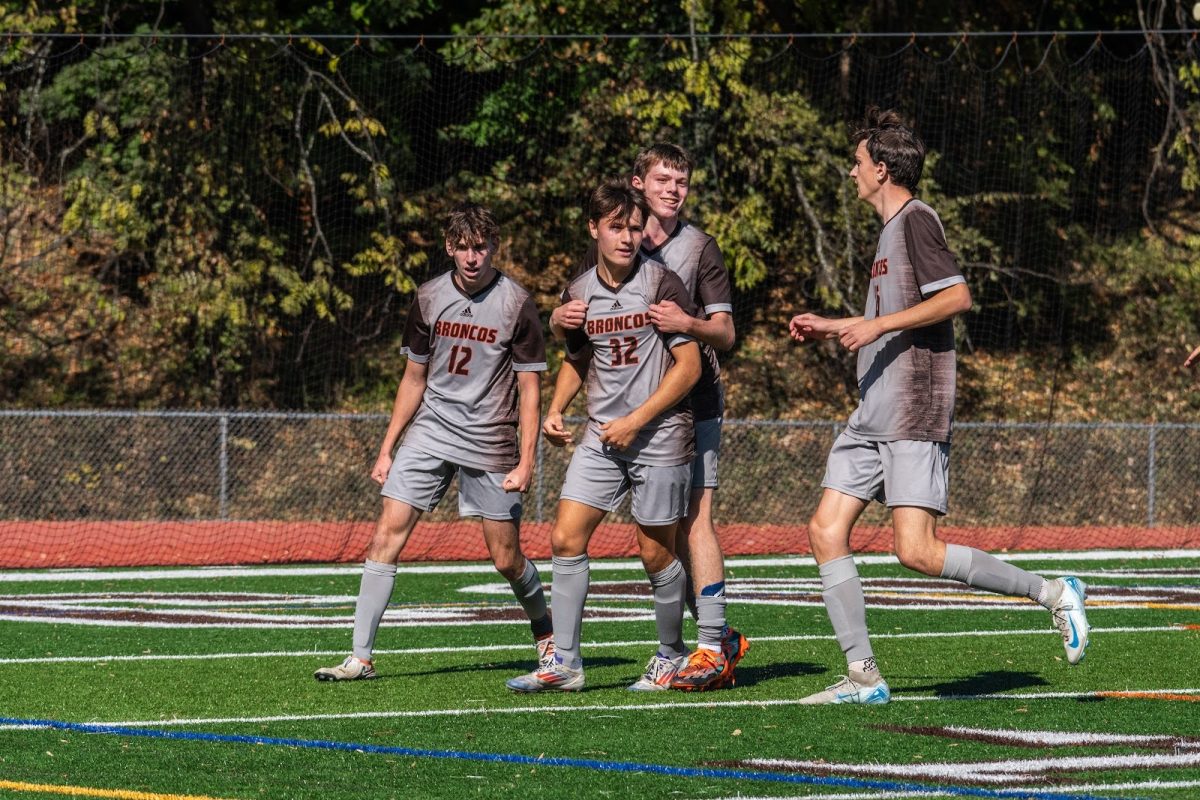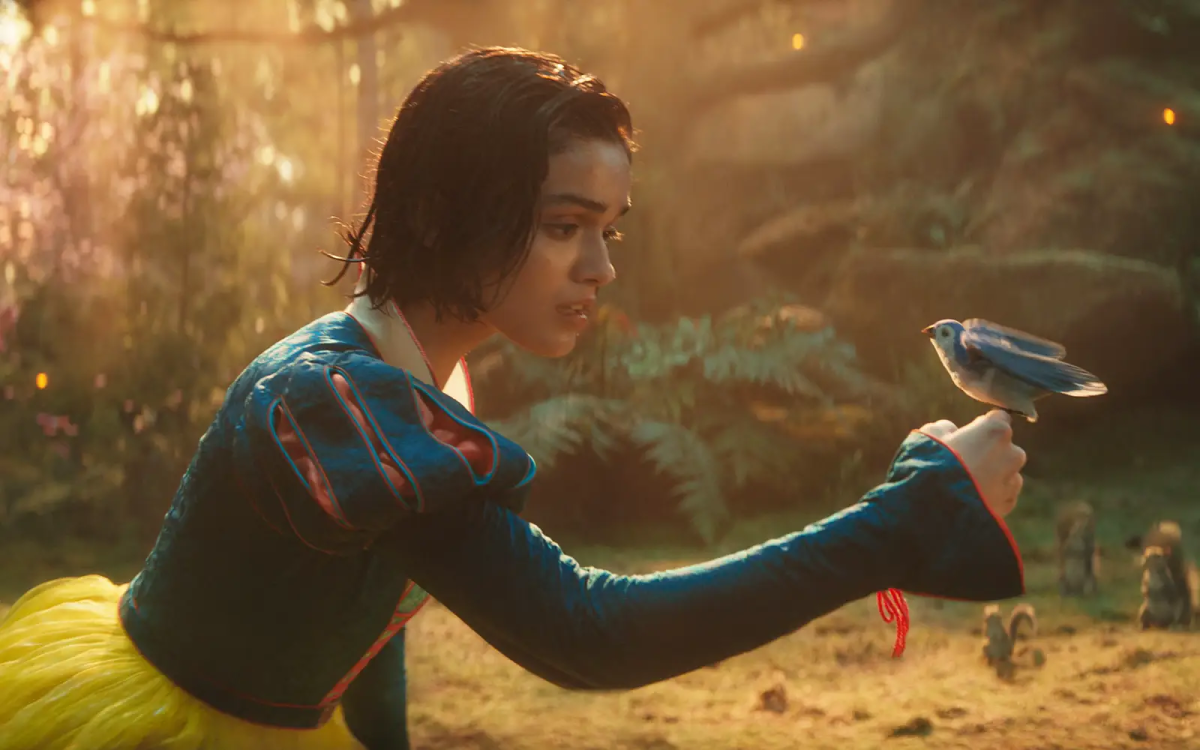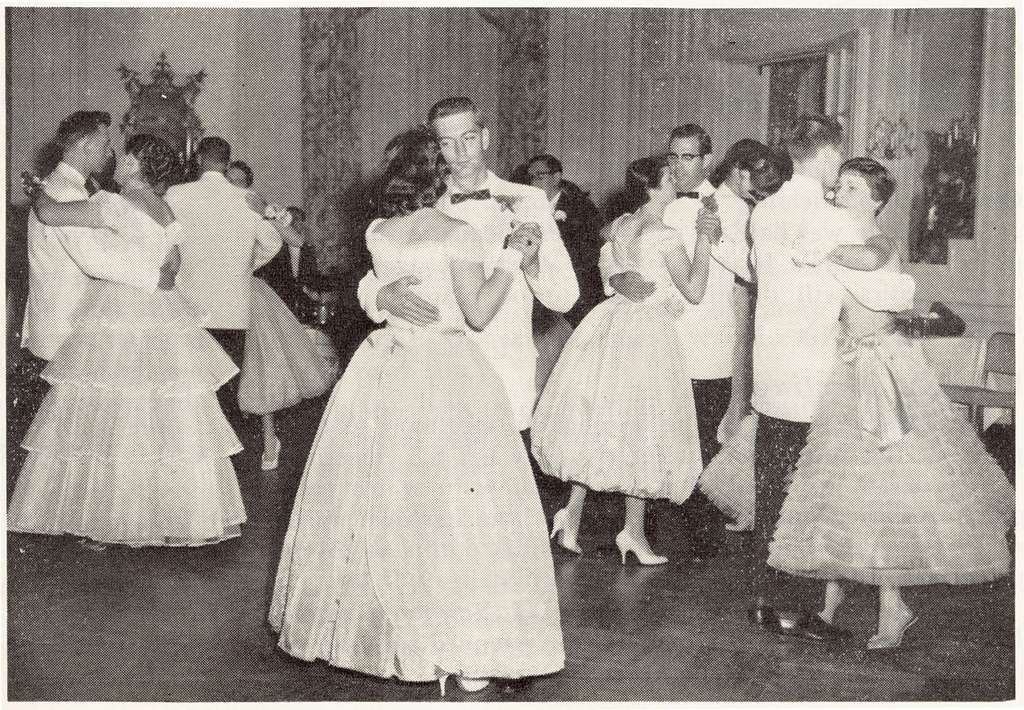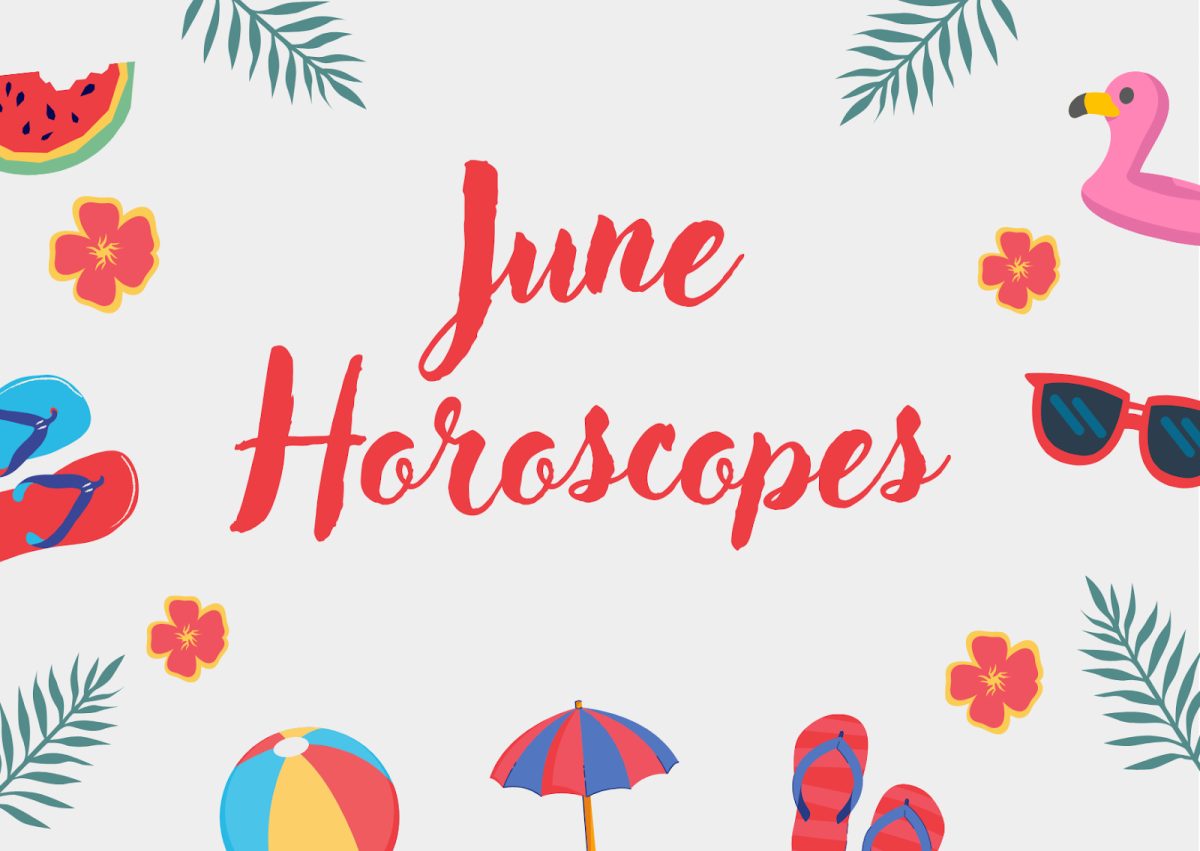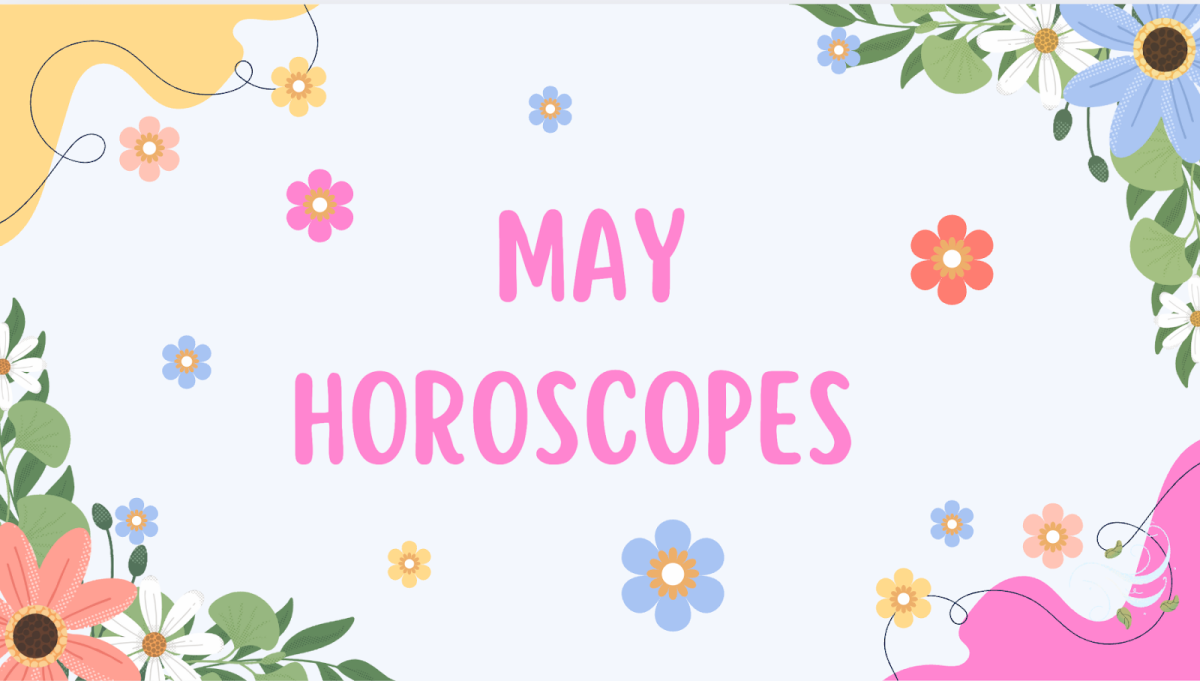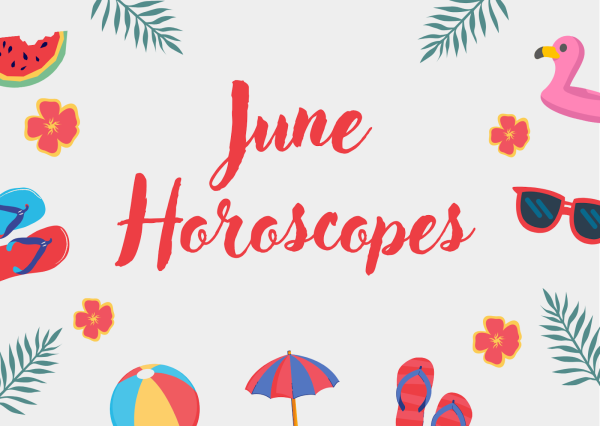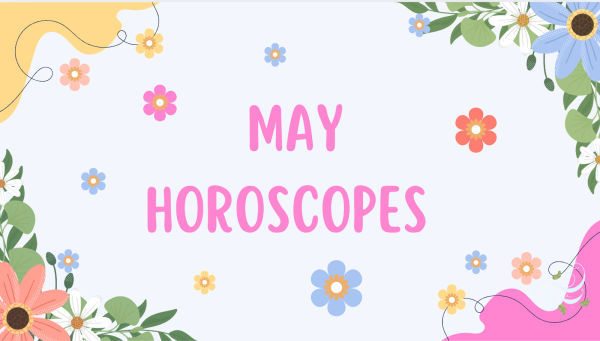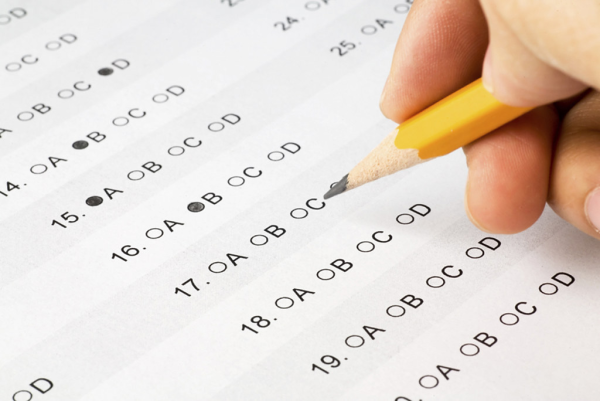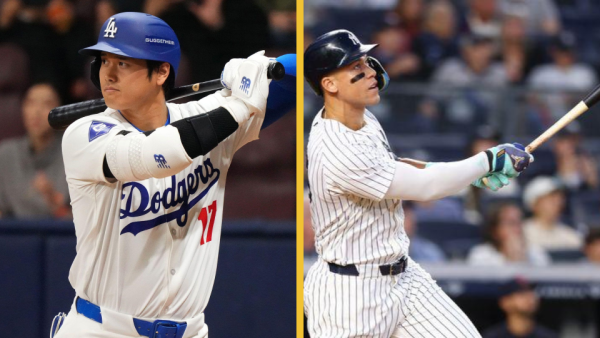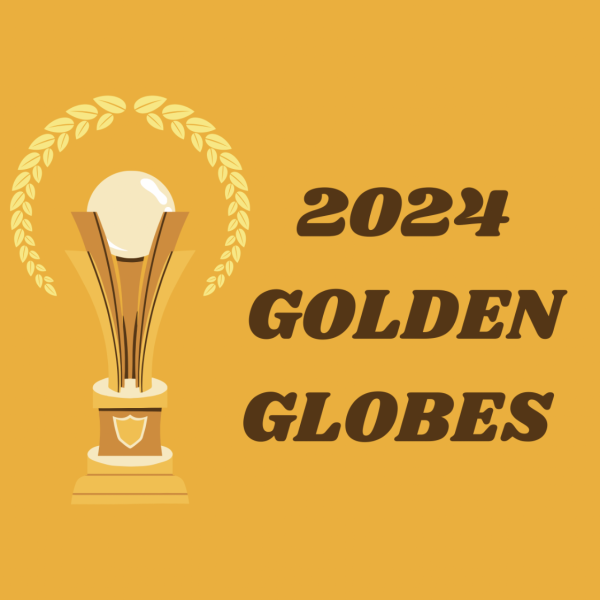Tiktok’s Damage to Self-Image
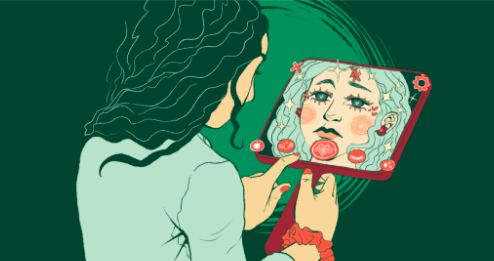
Despite all of social media’s progressive claims about creating ‘safe spaces’ or ‘environments that embrace difference,’ the truth is that popular platforms are doing the opposite. More than any past generation, Gen Z is the prime victim of unrealistic beauty standards.
With social media only skyrocketing, whether through Instagram, Snapchat, or Tiktok, younger generations are only further debilitated. Even if these platforms have matured, where some individuals openly acknowledge the superficiality of them, the fact still remains that young minds are being nurtured through constant comparison. This appearance-oriented culture is an inescapable cycle, consuming the worlds of teenagers today.
One of the main perpetrators of these standards, especially recently, is Tiktok, a well- known platform that grows in popularity everyday. Tiktok has a natural theme of candidness, whether it be in comedic content or visual aesthetics. The attention of Tiktok has shifted from lighthearted content to a toxic, harmful place with the reputation of having no filter. The comment sections of Tiktok are infamous for their brutal, unrestrained criticism – and truthfully, more heavily upon those who don’t meet their unrealistic beauty standards.
In a Pascack Hills High School survey, more than 80% of participants agreed that Tiktok is harmful to young teens’ self image. An anonymous Hills junior wrote, “I feel like just a few years ago, before Tiktok, teens our age weren’t studying their appearances as we are now. It feels like everyone wants to change how they look.”
Unlike any prior generation, Gen Z is being raised through comparison and unnatural analysis of their features. For example, Tiktok filters have become popular recently, including many that alter one’s features to fit this ideal ‘mold.’
With a slimmer face, sharper jawline, higher cheekbones, pointed nose, and more upturned eyes, teenagers using these filters feel a sense of completion. Some filters even romanticize emaciation, calling it “Tim Burton-esque” in reverence, as if starving oneself to look sickly is something to admire.
Other Tiktok trends may not seem as visibly wrong, but nonetheless, are contributing to harmful beauty standards. One of the biggest features Tiktok has taught Gen Z about is their ‘side profile,’ something that would’ve sounded foreign a couple of years ago. Never before have young teens, barely having grown into their facial features yet, worried about the way they appear from the side. Even further, a recent trend is to display one’s face from all angles, or ‘profiles,’ from the front, ¾ to the side, fully to the side, and the back. Quite literally, this forces people to pay attention to how they look at every degree.
Additionally, today beauty standards of an ‘ideal nose’ often consist of a narrow, upturned nose- supposedly one that looks like a ‘ski slope’ from the side. A recent Tiktok trend encouraged users to place a skier emoji along their nose, as if skiing down it, and thus may hit a ‘bump’ in the nose or ‘fall’ downwards if that was entailed. With the facade of a simply creative expression of one’s facial features, trends like these cause young audiences to analyze their own features, and ultimately critique them.
This even escalates past facial features, extending to body image and health. Over the summer especially, millions of videos were titled: “What I Eat In A Day,” where creators displayed small portions of food, claiming that it covered everything they typically consume. Arguably, this is an obvious way of implying the ‘health’ and supposed-diet of the creator. Yet in reality, the food displayed is often a dramatic reduction of the truth. And even if not, imagine the damage this does to a teen struggling with an eating disorder.
Most prominently throughout the pandemic, a trend of displaying “glow ups” has been circulating since 2020. Although finding your style or self confidence should be celebrated, to younger viewers, seeing such content over and over again embeds a mentality of ‘needing’ this phase in their life. It forces teens to reflect on their own changes, striving for such an ‘achievement.’
Millions of other videos follow a similar pattern, focusing on small details about one’s body shape and size as if their livelihood depended on them. This culture of ‘ideal beauty’ eats away at the minds of vulnerable, naive teens, many who have never studied their appearances in such a way.
For more information:
https://www.bark.us/blog/body-image-social-media/ https://www.cnet.com/culture/internet/instagram-and-tiktok-are-failing-users-with-eating-disorders/
https://www.mvnews.org/excessive-social-media-is-the-largest-factor-harming-teenagers-body-image/
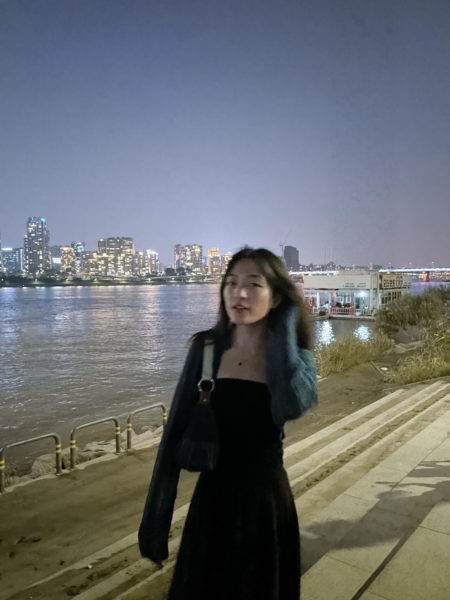
Hills senior Julia Bang is looking forward to being on the Trailblazer for her final year. She joined the publication her freshman year as a staff writer and edited for the Life & Style and In-Depth sections in her sophomore and junior years, respectively. This year, Bang is excited to create content and manage stories alongside the entire editorial staff.
Fun fact: Bang is a "cafe enthusiast."






